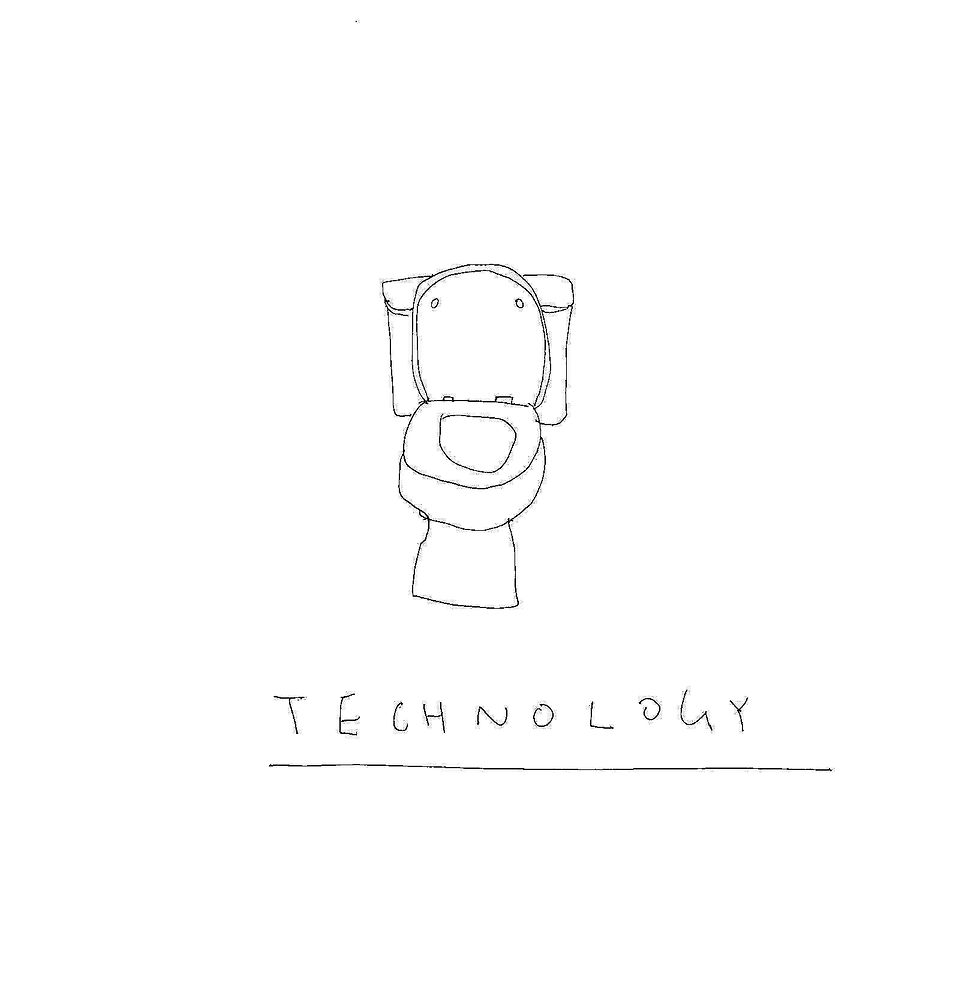a series of conversations about public space

January 30 2016 / 865 Saint Marks Ave
Be My Guest / The Economist / Dec 2013
Lost In Translation / Sofia Coppola
The Grand Budapest Hotel / Wes Anderson
The Art of Home Staging / Tim McKeough / NYT / Jan 2016
FIVE POINTS ON HOTELS / PAUL CHAN
1- The most technology in a hotel room is in the bathroom.
2- The minimum requirement of a hotel room door is 1-3/4” with an STC 32 rating.
3- The average guest uses 3 pumps of soap, shampoo, and conditioner per night.
4- For an average cost of an apartment in the LES, you can buy a 14 story hotel building in Detroit.
5- Each hotel bed requires 5 sets of sheets.
THE FUTURE OF HOTELS / SAVINIEN CARACOSTEA
Speculating about the future of hotels, this presentation projected a hybridizing of a hotel, department store and theater to investigate the transition phenomena within these combined typologies. All sources of inspiration and meditation (the garden) as well as of consumption (the palace), their ambiguity of meanings - utilitarian and phantasmagoric - promotes transition as it expands the visitor's mental projections into proto-cinema, custom experiences in the "theater of our minds”.
Looking at examples such as the labyrinth of the garden of Versailles, Benjamin’s Arcade Project, collages by Max Ernst, Magritte paintings, and Alain Resnais’ film “Last Year at Marienbad” based on the nouveau roman by Alain Robbe-Grillet, a framework of understanding the different layers that coexist and weave our cinematic experience of life and desire informs this effort.
In this cinematic realm, both the visitors and the architecture become actors of these “projections" which constitute the ornaments of a new generation of spaces.
HOTEL TALK
HOSPITALITY IN JAPAN'S "FLOWER CITY" / ALAN WAXMAN
The first Japanese hospitality "flower city" (花街) of Shimabara, in Kyoto, represents a form of media-scape where people transcend their role as object by engaging the other and calling it out beyond its "selfhood" into the realm of compassionate intersubjectivity - creating public space. Shimabara is one of about 8 flower cities in Kyoto, associated with major Buddhist monasteries in the city and corresponding "fallen neighborhoods" (部落) or ghettos, which ring the city at the urban ecotone between various dualities such as "city" and "country," "us" and "them," "civilization" and "nature," etc. This in-between, borderline, liminal, "f--- it zone" is known as ukiyo or "the floating world," appropriating the word for uki "suffering" in reference to the Buddhist idea that "life is suffering" (catvari aryatsatyani) and uki, "floating" lightly upon this sea of suffering as if riding in a dry gourd, the kind of gourd used for serving alcohol. In the words of the poet and monk Asai Ryoi of Shimabara:
"Living only for the moment, turning our full attention to the pleasures of the moon, the snow, the cherry blossoms and the maple leaves;
singing songs, drinking wine, diverting ourselves in just floating, floating;
refusing to be disheartened, like a gourd floating along with the river current: this is what we call the floating world."
(Peachbuttom trans.)
Shimabara sits just to the west of the head Jodo Shinshu monastery Nishi-Hongwanji, in the spiritual orientation of the "pure land." Here, women are adorned with beams of gold extending from their hair as in a halo, dress with brilliant red robes, perch on 10 inch high heals, and as the goddess of mercy Kwannon (Amitabha) would do, beacon guests to "Nyo-rai," (tathagata) "come as you are." By deploying the tea ceremony as methodology of space making, famous courtesans such as the "Great Lord" Yoshino embody the ideas of the Lotus Sutra or "flower sutra." Through the practice of tea ceremony (茶の湯) with "mushin" (無心) or open-heartedness (akin to sunyata or existence in the void), these "Great Lords" (太夫) may reach a power of equanimity described by the aesthetic of the "keisei" (傾城) or "castle crusher" that brings men and their corporations crumbling. The intimate space created exists within a void (無), "falling," (落) as if with no mask, no impersonation, but rather exactly and truly undifferentiated being. This social practice and physical intimate space created orients society away from a linear hierarchy, towards the aesthetic of the "ensou," (円相) the "zen circle," where the high and low ends of society, if imagined as a linear hierarchy, are united at their tips into one continuous momentous cycle.



